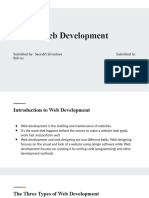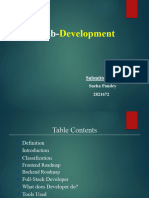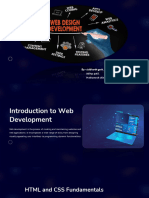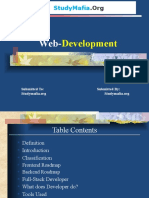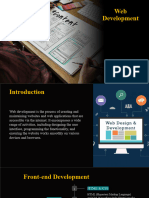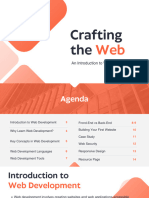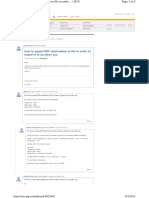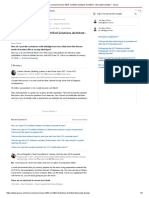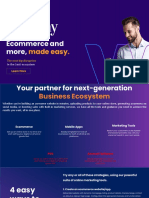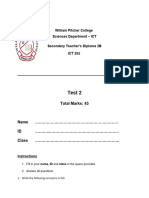0% found this document useful (0 votes)
21 views23 pagesSaurav Report
This project report details the author's one-month internship experience at INVIGO INFOTECH, focusing on web development, particularly frontend technologies like HTML, CSS, and JavaScript. It outlines the importance of web technologies, common frameworks, and best practices, while also discussing the development workflow and future trends in the industry. The report emphasizes the significance of mastering these technologies for creating effective and modern web applications.
Uploaded by
Shubham SharmaCopyright
© © All Rights Reserved
We take content rights seriously. If you suspect this is your content, claim it here.
Available Formats
Download as DOCX, PDF, TXT or read online on Scribd
0% found this document useful (0 votes)
21 views23 pagesSaurav Report
This project report details the author's one-month internship experience at INVIGO INFOTECH, focusing on web development, particularly frontend technologies like HTML, CSS, and JavaScript. It outlines the importance of web technologies, common frameworks, and best practices, while also discussing the development workflow and future trends in the industry. The report emphasizes the significance of mastering these technologies for creating effective and modern web applications.
Uploaded by
Shubham SharmaCopyright
© © All Rights Reserved
We take content rights seriously. If you suspect this is your content, claim it here.
Available Formats
Download as DOCX, PDF, TXT or read online on Scribd
/ 23



















